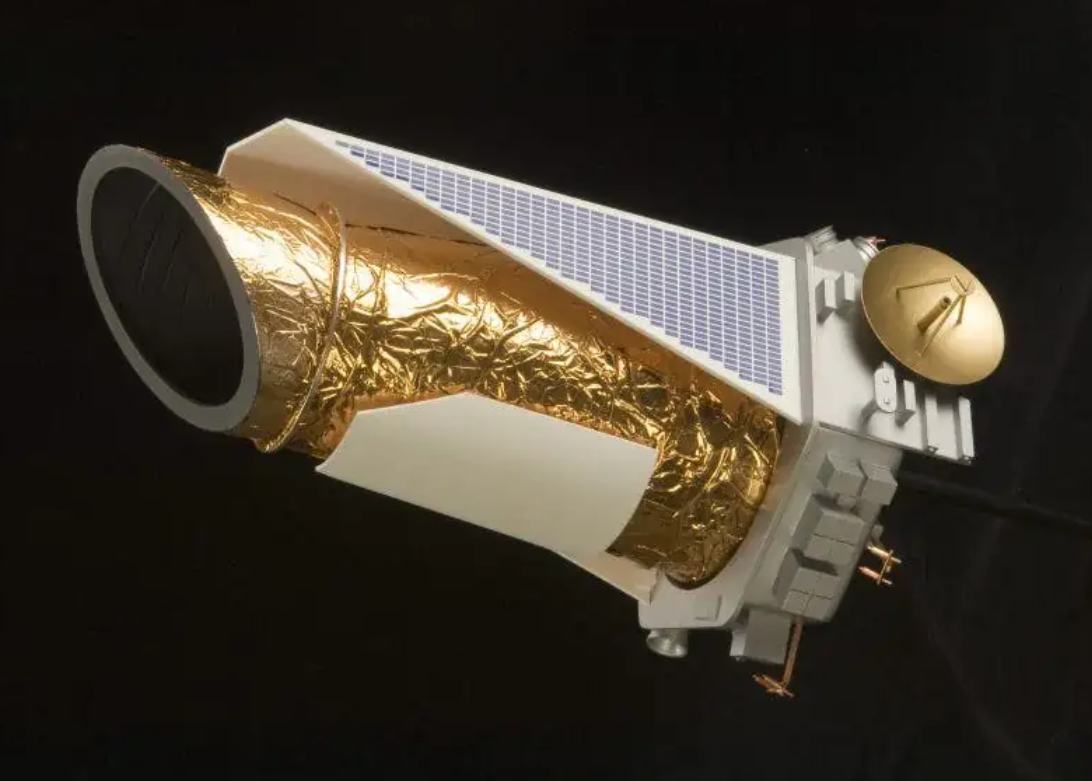
Measuring Time in the Stars: A New Way to Age the Ancient Cluster NGC 188
Yakut et al. introduce a new method for dating star clusters by jointly fitting spectral energy distributions and radial velocity data from six binary systems in NGC 188. Using Gaia astrometry, TESS photometry, and stellar evolution models, they determine a precise age of 6.41 ± 0.33 Gyr and a distance of ~1,850 pc. The method works even without eclipsing binaries and offers a robust framework for refining cluster ages.

Telling Time with Stars: Using Kepler Data to Build Galactic Clocks
Casali et al. used precise Kepler asteroseismology and detailed chemical analysis to calibrate “chemical clocks” that estimate stellar ages. By studying 68 red giant stars, they identified element ratios—especially [Ce/Mg] and [Zr/Ti]—that strongly correlate with age. Applying these clocks to large star surveys reveals the Milky Way’s age structure and evolutionary history.

When Bars Take Shape: Tracing the History of Galactic Bars Across Cosmic Time
This study presents the first large sample of bar age measurements in nearby galaxies, using nuclear discs to trace bar formation. The authors find that bars formed across a wide range of cosmic time and that older bars tend to be longer, stronger, and linked to reduced star formation. Surprisingly, bar age doesn’t correlate with galaxy mass, challenging the downsizing theory.

Aging Stars with Confidence: How Neural Networks and Uncertainty Help Date the Cosmos
This study introduces a Bayesian neural network model to estimate stellar ages using chemical abundance data. By modeling uncertainties directly, the approach yields accurate and cautious age predictions for main sequence stars, achieving errors under 1 billion years. It rivals traditional methods while offering flexibility and improved uncertainty handling, making it valuable for broader stellar and galactic studies.

The Youngest Star Clusters in the Large Magellanic Cloud
This study explores the youngest star clusters in the Large Magellanic Cloud using multi-wavelength data and machine learning techniques. Researchers identified clusters, estimated their ages and masses, and found a strong relationship between cluster mass and the most massive star, supporting the "optimal sampling" model of star formation. Their findings provide new insights into how stars form and evolve in dwarf galaxies, helping to refine our understanding of stellar and galactic evolution.

Exploring the History of the Milky Way with Gaia’s Giant Stars
The study uses Gaia data and machine learning models to estimate the ages of giant stars, revealing insights into the Milky Way's evolution. By analyzing over 2.2 million stars, the researchers identified three major phases in the galaxy's history, including a starburst triggered by a major merger and the formation of the thin disc. Their method advances our ability to trace the Milky Way's structure and development.

Investigating the Milky Way’s Thin Disk Evolution Through Solar Twins
The study by Anastasiia Plotnikova investigates the chemical evolution of the Milky Way’s thin disk by analyzing solar twins—stars similar to the Sun. Using high-resolution spectroscopy, the team examined the age-metallicity relationship (AMR) and found no evidence for a split into distinct populations, challenging previous studies. They suggest that radial migration and galaxy mergers, like the Gaia-Enceladus/Sausage event, significantly shape the disk’s chemical composition, indicating a more continuous, smooth evolution of the thin disk than previously thought.
